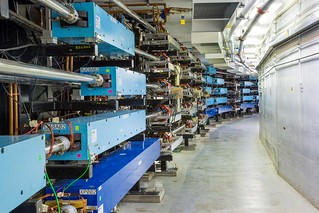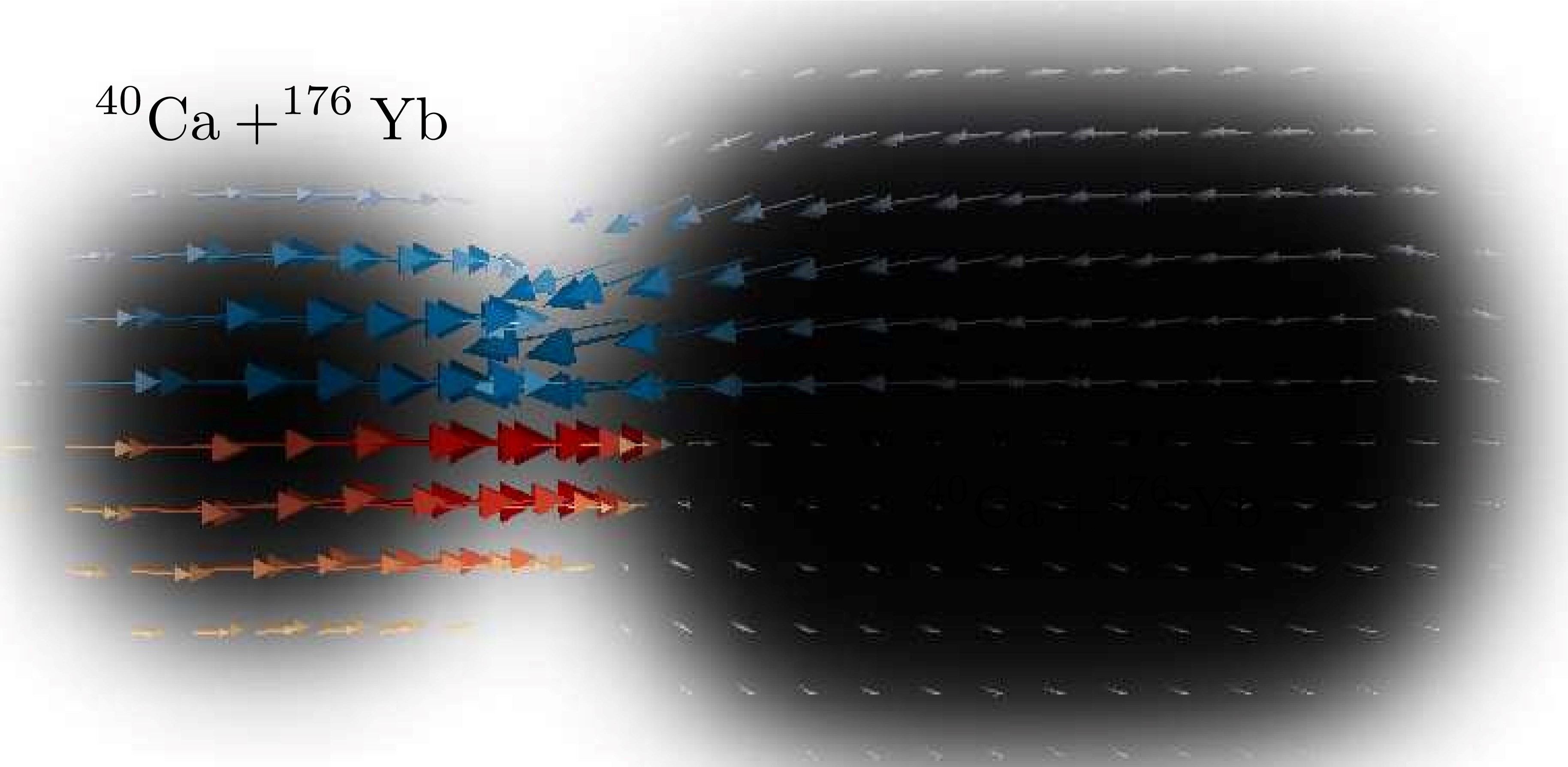Accelerator Physics

The Accelerator Physics subprogram supports a broad range of activities aimed at research and development related to the science, engineering, and technology for accelerators of electrons, protons and heavy ions. Research and development activities are supported that will advance fundamental accelerator technology and its applications to nuclear physics scientific research. Areas of interest include the basic technologies of the Brookhaven National Laboratory's Relativistic Heavy Ion Collider (RHIC), with heavy ion beam energies up to 100 GeV/amu and polarized proton beam energies up to 250 GeV; technologies associated with RHIC luminosity upgrades; the development of an Electron-Ion Collider (EIC); linear accelerators such as the Continuous Electron Beam Accelerator Facility (CEBAF) at the Thomas Jefferson National Accelerator Facility (TJNAF); and development of devices and methods that would be useful in the generation of intense rare isotope beams for the next-generation rare isotope beam accelerator facility (FRIB). A major focus of the above areas is superconducting radio frequency (RF) acceleration and its related technologies. Also of importance is development of next generation high intensity ion sources and polarized electron sources to realize the full potential of new NP facilities such as FRIB and EIC both under construction. Also of interest is efforts directed at Artificial Intelligence and Machine Learning (AI/ML) for autonomous optimization and control of accelerators and detectors of relevance to current or next generation NP accelerator facilities and scientific instrumentation.
For accessing presentations made at the annual Principal Investigator Exchange meeting click here.



